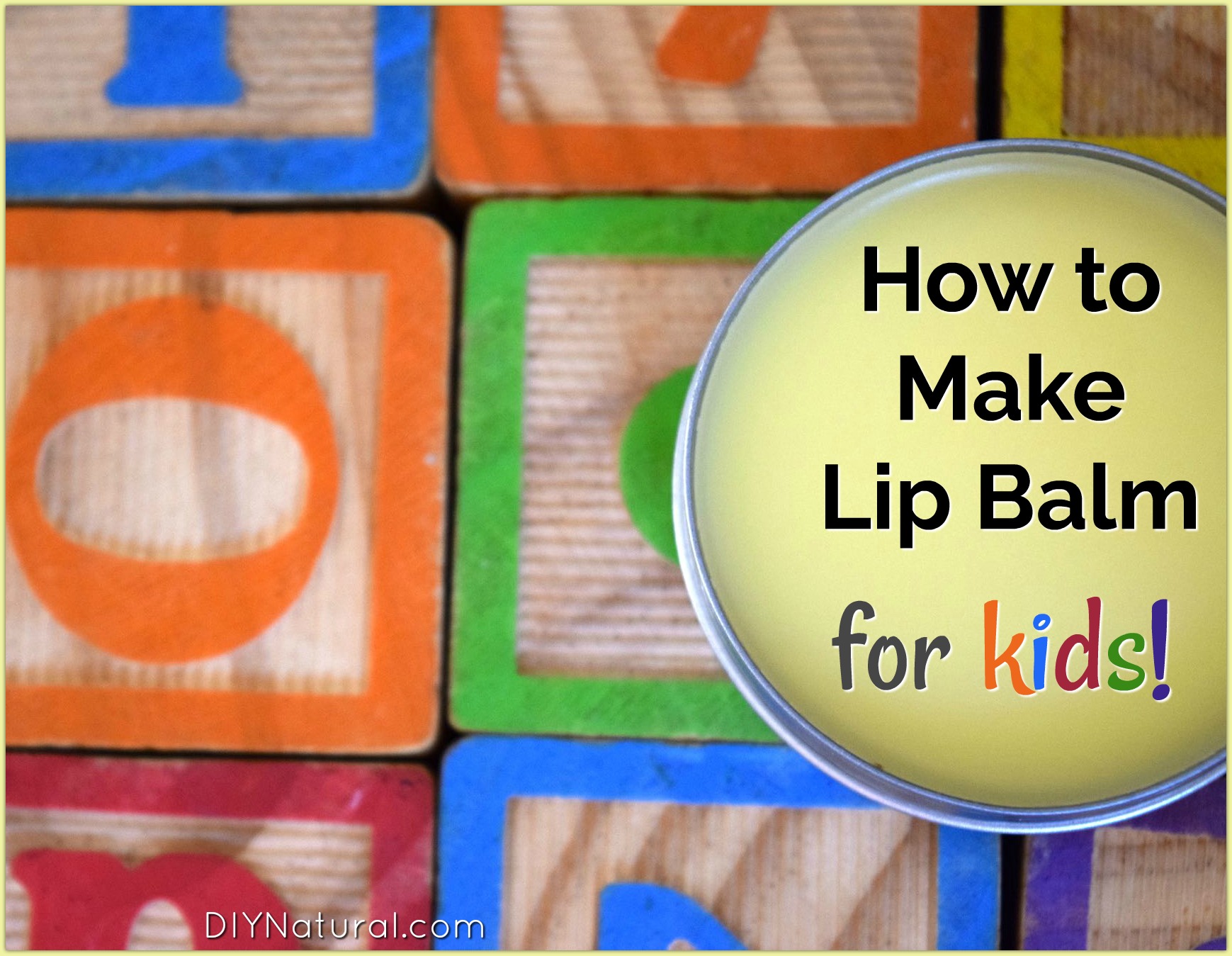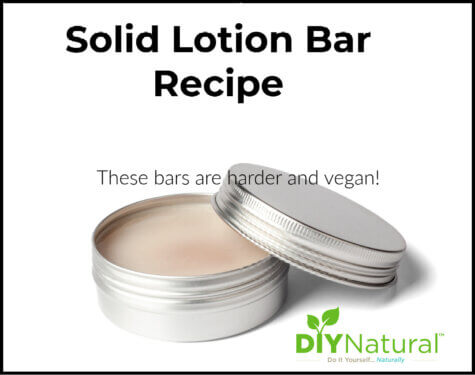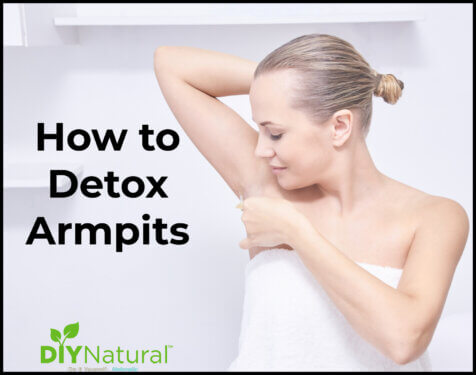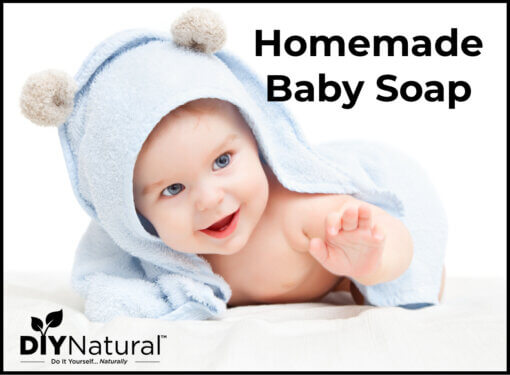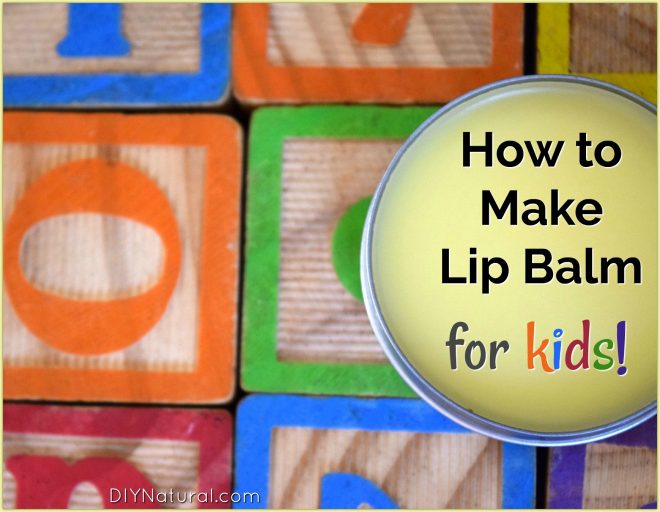
How to Make Lip Balm for Kids
There is nothing worse than a three year old with chapped lips and cheeks.
Especially when that three year old will lick off anything you try to put on them. That has been my winter so far.
The colder it gets, the more chapped his lips get. It’s a terrible cycle! I know they hurt and make him uncomfortable, but I have found nothing that can soothe them.
Ingredients for Lip Balm for Kids
Many commercial lip balms have artificial flavoring, scent, and petrochemicals. Those things I absolutely avoid when it comes to products that go on (and in!) my son’s lips.
Even natural DIY lip balm recipes have essential oils in them which I prefer to leave out of lip balms. I know that what goes on lips will likely end up in mouths, so when I teach how to make lip balm for kids, I advise leaving the essential oils out!
For this recipe, I wanted to choose soothing natural oils that would help nourish dry, chapped lips. I like to use a mix of hard and soft oils and beeswax so that my lip balm glides on soft and smooth. This recipe includes nourishing oils like shea, sweet almond, and jojoba.
A few months ago, I made my own DIY infused sweet almond oil with lavender grown in my garden. This oil has a very light lavender aroma, and is just lovely! It is just enough to overpower the somewhat off-putting odor of unrefined shea butter. If you don’t have an infused oil, plain sweet almond oil will do. You can also substitute sweet almond for jojoba if there are any allergies or concerns.
One of my favorite oils to use in skin nourishing products is jojoba. Jojoba is actually a wax, although it is liquid at room temperature. It provides a lot of nutrients to skin and does a good job at penetrating skin layers to nourish down deep.
Shea butter gives this lip balm a smooth and creamy texture while also providing lots of moisture to skin. I love to use shea butter in the winter because I feel like it helps seal in moisture. I have heard that people who are allergic to latex could possibly have a reaction to shea butter, but I have not seen anything definitively linking the two. If you are concerned, you can always replace the shea butter with coconut oil. The recipe won’t be quite as nourishing, but it will still work well.
Of course, this lip balm also has beeswax. Beeswax makes the balm spread well and keep its shape. The balm can be made in tins, in tubes, or even into lotion bars. The choice is yours! I prefer to make this recipe in lip balm tins because they are reusable and very durable. Plus, if I leave them in my hot car, the lip balm can melt and form back into shape without going every where.
How to Make Lip Balm for Kids: The Recipe
Ingredients
- 0.5 ounce beeswax (find beeswax pastilles here)
- 0.5 ounce shea butter (find unrefined shea butter here)
- 1 ounce sweet almond oil (find pure sweet almond oil here)
- 1 ounce jojoba oil (find jojoba oil here)
- 6 – 0.5 ounce lip balm tins (or about 10 lip balm tubes)
Instructions
- Melt beeswax over a double boiler. (I use a glass pyrex measuring cup in a small pot of boiling water.)
- Add in shea butter, jojoba oil, and sweet almond oil and allow to melt until liquid.
- Pour into desired tins, tubes, or molds. (If pouring into plastic lip balm tubes, I allow the balm to cool slightly.)
- Allow the balm to cool fully, then put on the lids/caps, or place in a storage container for later use.
To Use
I use this lip balm VERY liberally over lips, chapped cheeks, rough skin, and more. It’s very nourishing and healing. I carry it with me in our diaper bag, in my car, and also have a few tins stashed around the house.
This balm would also make a good gift for friends or family this winter!
*******
